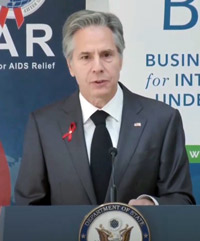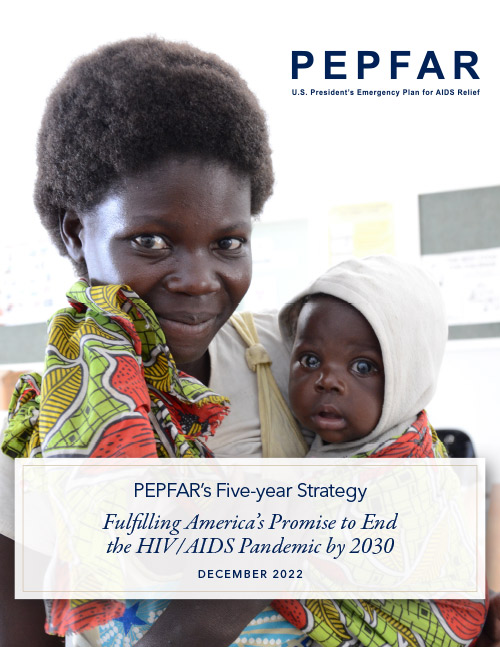New PEPFAR Strategy Speeds Up the Global HIV Response
The U.S. has released a new five-year strategy for the President’s Emergency Plan for AIDS Relief (PEPFAR) titled, Fulfilling America’s Promise to End the HIV/AIDS Pandemic by 2030.
To meet the 2030 goal, set by the United Nations to end the global AIDS pandemic as a public health threat, PEPFAR is accelerating the U.S. response to ensure its 50 partner countries can continue to make a sustained impact on HIV.
Through its funding of people-centered HIV treatment, prevention, and support services, PEPFAR has so far saved more than 25 million lives, prevented millions of HIV infections, and strengthened health infrastructures immeasurably. PEPFAR has helped cut AIDS deaths by 64% since they reached their highest point in 2004, and reduced new HIV infections by 52% since 1997, when they peaked. Now, 73% of people living with HIV around the world have access to lifesaving medications.
Yet challenges remain: treatment disparities; unmet prevention needs; equity gaps impacting women and children, as well as key populations; and HIV programs and health systems in need of increased sustainability, lately made vulnerable to new outbreaks of infectious diseases like COVID-19.

“Our work is not done. HIV remains a serious threat to global health security and economic development. Our progress can be easily derailed if we lose our focus or conviction, or fail to address the inequities, many fueled by stigma and discrimination and punitive laws, that stand in our way,” says Secretary of State Anthony J. Blinken about the strategy.
The updated PEPFAR strategy will be upheld by five pillars:
- health equity for priority populations;
- sustaining the response;
- public health systems and security;
- transformative partnerships; and
- follow the science.
While continuing to rely on tried-and-true methods honed over the years, such as patient-centered care and strong partnerships with stakeholders and donors, PEPFAR will also capitalize on innovative prevention tools and outreach methods; renew its focus on health equity for priority populations; use recent insights to foster pandemic preparedness; and improve the supply chain and increase reliance on regional manufacturing, among other approaches. PEPFAR will also support country-led innovation and broader grassroots leadership in order to not only better integrate HIV/AIDS service delivery into broader health systems, but also refine data collection through methods such as community-led monitoring.
At an event in Washington, D.C., on World AIDS Day, December 1, Ambassador Dr. John N. Nkengasong, U.S. Global AIDS Coordinator, Secretary Blinken, Congresswoman Barbara Lee, and Dr. Anthony Fauci presented the strategy.
“PEPFAR has been one the greatest bilateral success stories of the US government,” says Greg Millett, M.P.H., amfAR Vice President and Director of Public Policy. “Our team looks forward to working with the Ambassador and the PEPFAR team to implement the new strategy and continue PEPFAR’s litany of success in addressing the global HIV epidemic.”
Read the report here.

Share This:
